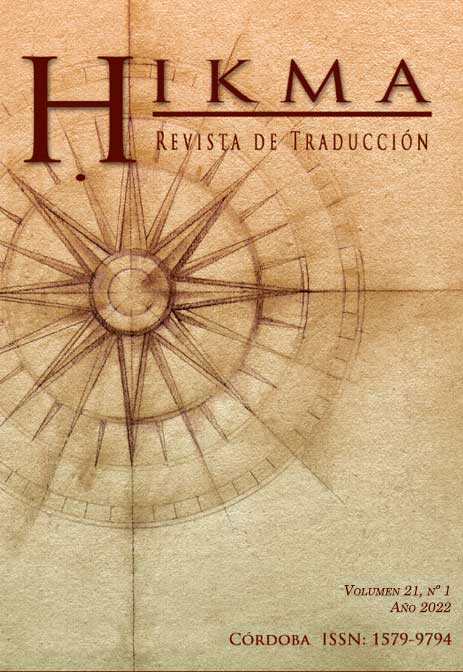The leper’s image through the translation of his names in the biblical literature of the early medieval Germanic area
Main Article Content
Abstract
That the leper was a well-known figure during the Middle Ages is shown by many literary texts from the 10th century on, as well as many academic studies published afterwards on this topic. However, the terminology used for people suffering from lepra in translations of the New Testament into old Germanic languages before the 10th century is a less studied field. In this article, the terms for «leper» are analysed in the source languages (Greek and Latin) as well as in the target languages (Gothic, Old English and Old High German) to ascertain whether similar terms are used in the target languages, or whether the same term in the source language is always translated with the same term in the target language. In addition to morphological analysis of the terms used in the target languages, since there is presumably no proper noun for «leper», this study aims to identify the image of the leper provided by each term by focusing on the aspects that these terms highlight, such as those concerning a physical-medical scope compared to other ones focusing on social aspects or the physical aspect, such as clothing. As for the conclusions of the study, it is worth noting the lack of terminological homogeneity in the target languages, as well as the wide diversity in semantic origin and content of the terms for «leper» in these very languages. This seems to indicate the existence of remarkable differences regarding the view of the people suffering from this disease, which is conveyed by the different terms.
Downloads
Article Details

This work is licensed under a Creative Commons Attribution-NonCommercial-ShareAlike 4.0 International License.
Authors who publish with this journal agree to the following terms:
1. Authors retain copyright and grant the journal right of first publication with the work simultaneously licensed under a Creative Commons Attribution License that allows others to share the work with an acknowledgement of the work's authorship and initial publication in this journal.
2. Authors are able to enter into separate, additional contractual arrangements for the non-exclusive distribution of the journal's published version of the work (e.g., post it to an institutional repository or publish it in a book), with an acknowledgement of its initial publication in this journal.
3. Authors are permitted and encouraged to post their work online (e.g., in institutional repositories or on their website) prior to and during the submission process, as it can lead to productive exchanges, as well as earlier and greater citation of published work (See The Effect of Open Access).

